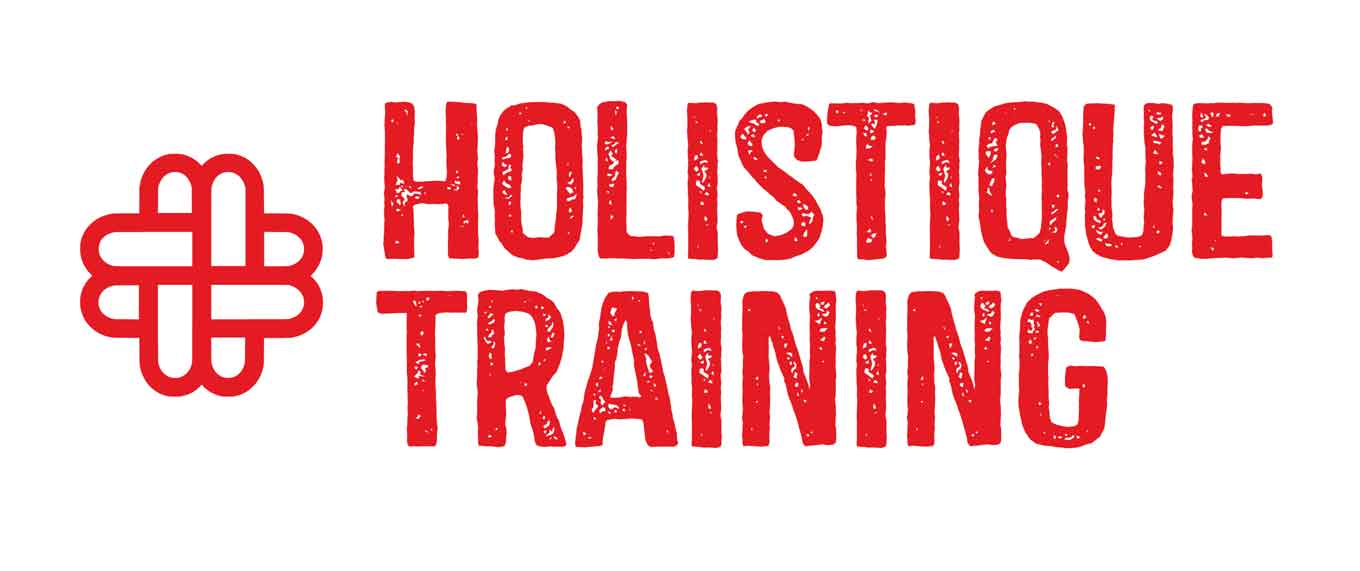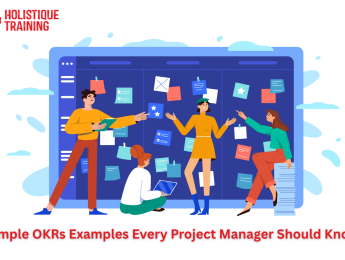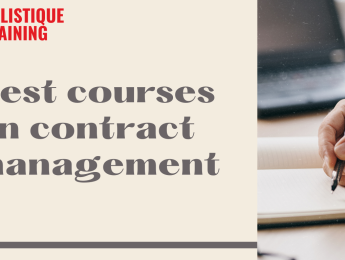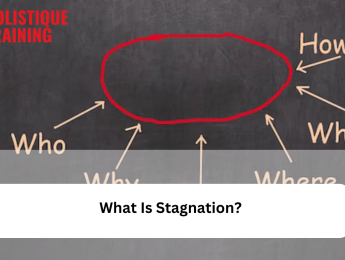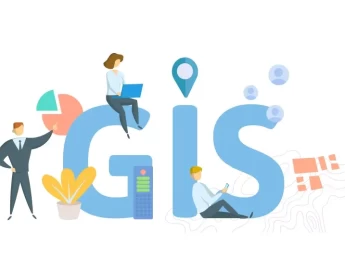- Table of Contents
- Introduction
- 1. What Are OKRs? And How Are They Different from Traditional Goals?
- 2. The Anatomy of a Successful OKR: Objective + Key Results
- Example of a strong OKR:
- General OKR Formula:
- 2. The Anatomy of a Successful OKR: Objective + Key Results
- Example of a strong OKR:
- General OKR Formula:
- 3. Golden Rules for Writing Simple and Inspiring OKRs
- Rule 1: Don’t Confuse Tasks with Objectives
- Rule 2: Make Objectives Aspirational and Inspiring
- Rule 3: Keep Key Results Measurable
- Rule 4: Limit Key Results to 3–5 per Objective
- 4. OKRs for Effective Project Planning
- 5. OKRs for Execution and Timely Delivery
- 6. OKRs to Improve Team Collaboration
- 7. OKRs for Budget and Resource Management
- 8. OKRs for Risk and Issue Management
- 9. OKRs for Customer Satisfaction and Output Quality
- 10. Reviewing and Evolving OKRs Over Time
- Conclusion: Time to Apply OKRs Smartly and Simply
Introduction
In today's fast-paced and performance-driven project environments, clarity of purpose and measurable progress are more crucial than ever. Teams face multiple challenges — tight deadlines, shifting priorities, stakeholder expectations, and limited resources. Without a structured goal-setting system, projects can easily veer off course. This is where Objectives and Key Results (OKRs) come into play.
OKRs are a powerful framework for setting goals and measuring outcomes, originally popularised by companies like Intel and Google. They help project managers align their teams around shared priorities, track progress transparently, and adapt quickly to change. Unlike vague objectives or endless to-do lists, OKRs offer a focused approach that bridges strategy and execution
This article explores the fundamentals of OKRs and demonstrates how project managers can implement them effectively across different project phases. We will walk you through practical, simple OKR examples you can apply immediately to improve planning, collaboration, delivery, budgeting, and more.
In this article, we'll explore real, simple OKRs that any project manager can use right away to drive clarity, performance, and team alignment
1. What Are OKRs? And How Are They Different from Traditional Goals?
OKRs, short for Objectives and Key Results, are a modern goal-setting framework designed to align teams around meaningful goals and measurable outcomes. Unlike traditional goal-setting systems that often lack clarity or focus, OKRs strike a balance between ambition and accountability.
An Objective articulates a clear, qualitative goal—what you want to achieve. It should be ambitious, directional, and inspirational. The accompanying Key Results define how success will be measured. These are quantitative, specific, and limited to a handful (typically 3–5) per objective.
This clarity and structure set OKRs apart from older systems like SMART goals and Key Performance Indicators (KPIs). Here’s a detailed comparison:
Comparison | OKRs | SMART Goals | KPIs |
Focus | Vision + measurable results | Specific, Measurable, Achievable, Relevant, Time-bound | Quantifiable performance metrics |
Structure | One Objective + 3–5 Key Results | One goal with five criteria | Often isolated indicators |
Frequency | Quarterly or Monthly | Project-based or Annual | Ongoing |
Visibility | Team-wide and transparent | Often private or individual | Often department-specific |
While KPIs track performance against static benchmarks, and SMART goals are designed to be precise and realistic, OKRs push teams to stretch beyond their comfort zones. They are not tied to performance reviews but are instead used to drive focus, agility, and transparency in teams.
Moreover, OKRs support continuous feedback loops, a key trait in Agile and iterative project environments. The framework’s simplicity and flexibility make it particularly useful for modern project managers operating in dynamic industries.
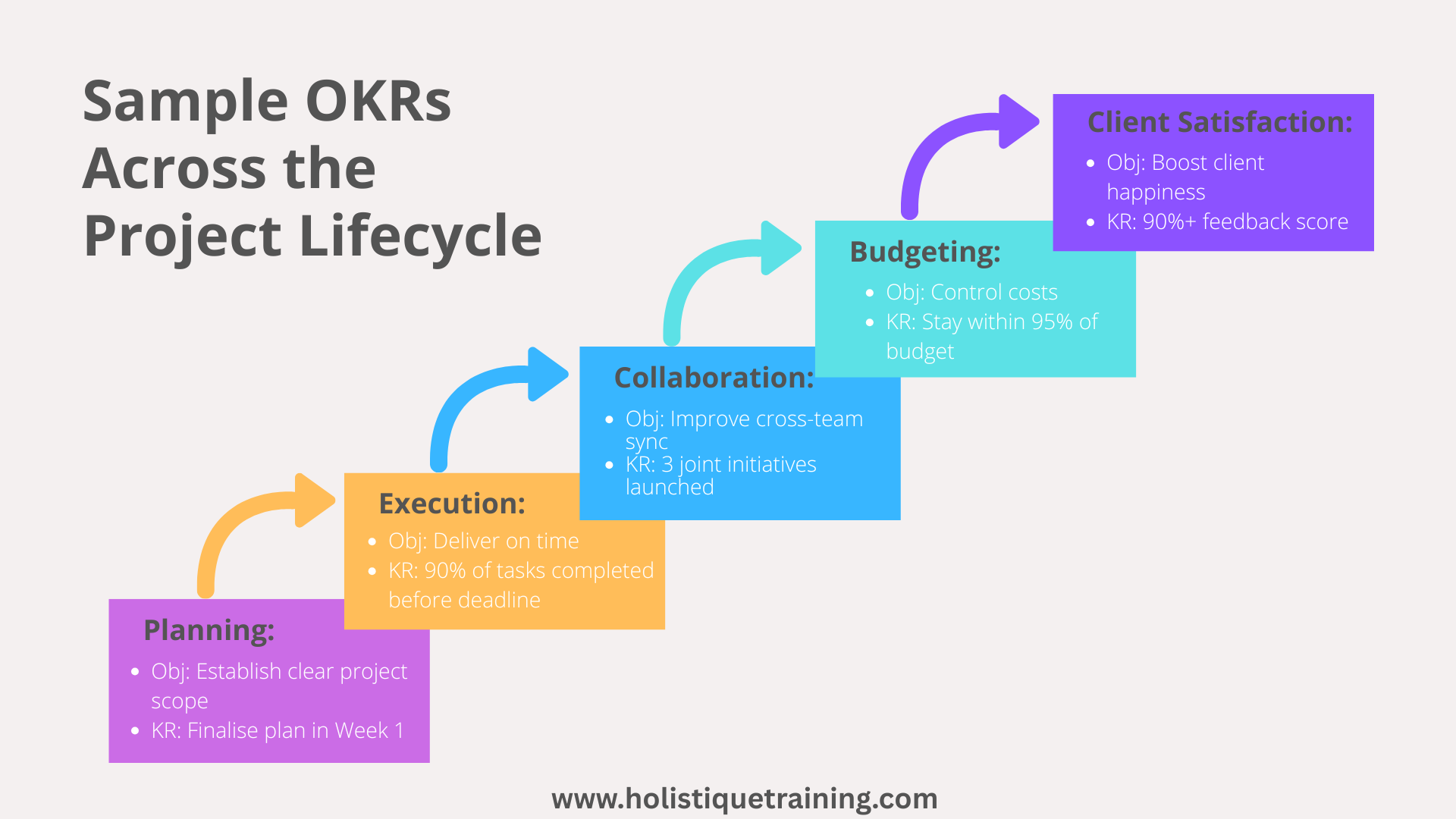
2. The Anatomy of a Successful OKR: Objective + Key Results
To write a great OKR, you need to understand its two fundamental components:
- Objective: A qualitative statement that captures what you aspire to achieve. It should be ambitious but not vague, providing direction without specifying how to get there.
- Key Results: Quantitative outcomes that indicate whether you're progressing toward your objective. These should be concrete, measurable, and ideally limited to 3–5.
Example of a strong OKR:
Objective: Improve the quality and reliability of project deliverables.
- KR1: Reduce post-delivery bugs by 30%.
- KR2: Increase client satisfaction score to 90%.
- KR3: Complete 95% of deliverables on first submission.
This OKR has a motivating goal and clearly defined metrics. It allows the team to track results throughout the project lifecycle and adjust efforts accordingly.
General OKR Formula:
Objective: What you want to achieve + Why it matters
Key Results: How you’ll measure progress using metrics, targets, or milestones
This framework not only supports goal clarity but also fosters shared responsibility. Every team member knows exactly what success looks like and how they contribute to it.
2. The Anatomy of a Successful OKR: Objective + Key Results
To write a great OKR, you need to understand its two fundamental components:
- Objective: A qualitative statement that captures what you aspire to achieve. It should be ambitious but not vague, providing direction without specifying how to get there.
- Key Results: Quantitative outcomes that indicate whether you're progressing toward your objective. These should be concrete, measurable, and ideally limited to 3–5.
Example of a strong OKR:
- Objective: Improve the quality and reliability of project deliverables.
- KR1: Reduce post-delivery bugs by 30%.
- KR2: Increase client satisfaction score to 90%.
- KR3: Complete 95% of deliverables on first submission.
This OKR has a motivating goal and clearly defined metrics. It allows the team to track results throughout the project lifecycle and adjust efforts accordingly.
General OKR Formula:
Objective: What you want to achieve + Why it matters
Key Results: How you’ll measure progress using metrics, targets, or milestones
This framework not only supports goal clarity but also fosters shared responsibility. Every team member knows exactly what success looks like and how they contribute to it.
3. Golden Rules for Writing Simple and Inspiring OKRs
Writing effective OKRs is part art, part science. While the structure is simple, the power lies in how clearly and realistically you define success. Below are four essential rules:
Rule 1: Don’t Confuse Tasks with Objectives
An Objective should focus on the outcome, not the activity. Tasks are things you do; objectives are what you achieve as a result.
Bad Example:
- “Hold a team meeting every Monday.”
Better Objective:
- “Improve cross-functional communication across departments.”
Rule 2: Make Objectives Aspirational and Inspiring
OKRs are not just checklists—they should motivate your team to strive for excellence. Strong Objectives speak to a higher purpose.
Example:
- “Become the top-performing project team in Q3 across all business units.”
This energises the team while signalling strategic importance.
Rule 3: Keep Key Results Measurable
Avoid qualitative language like “improve” or “enhance” unless it's paired with a metric.
Vague KR: “Deliver projects more efficiently.”
Clear KR: “Reduce average delivery time by 15% over Q2.”
Rule 4: Limit Key Results to 3–5 per Objective
More than five results usually means the objective is too broad. Keep it focused and prioritise outcomes that have the most impact.
According to a study by Harvard Business Review, goal-setting significantly improves employee performance—especially when goals are clear, specific, and ambitious. The study also highlights that when employees are involved in setting their own goals, engagement and achievement levels increase dramatically.
4. OKRs for Effective Project Planning
Planning is arguably the most critical phase of any project. Without clear direction at the start, even the most talented teams can fail. OKRs help align the project team around tangible, time-bound outcomes that reduce ambiguity and prevent scope creep.
Example OKR for planning phase:
- Objective: Set a solid foundation for the new project.
These Key Results ensure that everyone starts on the same page, deadlines are realistic, and potential obstacles are anticipated early.
McKinsey reports that 17% of IT projects fail so severely that they endanger the very existence of the organisation. One of the major reasons cited is poor project planning and undefined goals. Implementing OKRs during the planning phase can significantly reduce that risk.
5. OKRs for Execution and Timely Delivery
Once planning is done, the challenge shifts to staying on schedule and delivering on promises. OKRs can help track execution performance, address roadblocks, and promote accountability across teams.
Example OKR for execution phase:
Objective: Ensure smooth execution of deliverables.
- KR1: Deliver 90% of project components on or ahead of schedule.
- KR2: Conduct weekly progress reviews with all team leads.
- KR3: Resolve 100% of identified blockers within 48 hours.
This OKR encourages agility and speed while ensuring that quality and communication are not compromised.
6. OKRs to Improve Team Collaboration
Effective collaboration is the backbone of successful project delivery, especially in cross-functional or matrix environments. When teams work in silos, communication gaps, duplicated efforts, and project delays are inevitable. OKRs can help break down these barriers by defining collaboration as a strategic priority and setting specific, measurable goals around it
A well-crafted Objective aimed at enhancing collaboration not only clarifies expectations but also signals to all departments that joint ownership of success is required. It encourages proactive communication, shared planning, and mutual accountability.
Example OKR:
Objective: Strengthen collaboration between teams
- KR1: Conduct bi-weekly cross-functional sync meetings involving all core teams
- KR2: Launch at least three joint initiatives between departments during the quarter
- KR3: Achieve a team satisfaction score of 85% or higher on quarterly feedback surveys
By tracking indicators such as number of collaborative initiatives and satisfaction scores, project managers can identify improvement areas, replicate successful collaboration models, and build a culture of transparency and trust across teams.
7. OKRs for Budget and Resource Management
Budget control and resource optimisation are key responsibilities for any project manager. However, many projects experience cost overruns or resource inefficiencies due to vague goals or poor monitoring systems. OKRs bring focus to these areas by translating financial and operational goals into measurable results.
Instead of setting broad aspirations like "Use resources effectively," OKRs allow teams to set clear targets for efficiency, utilisation, and cost containment. These help in maintaining balance between financial discipline and project quality.
Example OKR:
Objective: Optimise project spending without compromising quality
- KR1: Stay within 95% of the approved project budget
- KR2: Reduce idle resource time by 20% by reassigning available team members
- KR3: Increase the utilisation rate of shared tools and platforms to 90%
This type of OKR ensures accountability on both the financial and operational levels. It encourages project leads to monitor not just the burn rate but also the efficiency of tools, software licenses, and human capital.
8. OKRs for Risk and Issue Management
Risk is an inherent part of every project, but not all teams are equally prepared to handle it. Without structured processes, issues can escalate and compromise the project's success. OKRs can help embed risk management into the project culture by setting clear expectations for risk tracking, response, and mitigation.
An effective Objective in this context would prioritise preemptive action, regular review, and structured resolution protocols. By measuring actions taken and results achieved, teams are better prepared to minimise both the likelihood and impact of project risks.
Example OKR:
Objective: Minimise the impact of high-risk factors
- KR1: Implement mitigation plans for all high-priority risks within two weeks of identification
- KR2: Conduct monthly risk audit sessions with relevant stakeholders
- KR3: Reduce change requests caused by unanticipated risks by 50% compared to the previous quarter
This OKR shifts the mindset from reactive to proactive, encouraging teams to monitor early warning signals, analyse risk data, and take corrective action before issues grow beyond control.
9. OKRs for Customer Satisfaction and Output Quality
In many industries, project success is ultimately judged by the client or end-user. It is not enough to deliver on time and within budget—projects must also meet or exceed client expectations. Incorporating customer satisfaction into OKRs ensures that quality, communication, and responsiveness remain central throughout the lifecycle.
This type of OKR typically tracks feedback metrics, defect rates, and response times. It allows teams to course-correct quickly if clients are unsatisfied or if quality standards are slipping.
Example OKR:
Objective: Enhance client satisfaction and final output
- KR1: Achieve a client satisfaction score of 90% or higher on post-project feedback surveys
- KR2: Deliver all final outputs with fewer than 2% defects
- KR3: Complete 100% of revision requests within five business days of client submission
According to LinkedIn’s 2020 Global Talent Trends report, 89% of leading companies actively prioritise customer experience when setting team and organisational goals, including through frameworks such as OKRs.
This reinforces the importance of embedding quality and client orientation in the strategic focus of every project team.
10. Reviewing and Evolving OKRs Over Time
Setting OKRs is only the beginning. Their real value emerges through regular review, iteration, and evolution. Without systematic check-ins, even the most carefully constructed OKRs can become irrelevant or misaligned with changing priorities. Regular reviews help ensure relevance, detect performance issues early, and encourage a culture of learning and adaptability.
The frequency of review can vary—monthly, bi-monthly, or quarterly—but the purpose remains consistent: reflect on progress, adjust where necessary, and maintain alignment with business strategy.
Example OKR:
Objective: Improve the effectiveness of the OKR cycle
- KR1: Conduct one OKR review session every four weeks
- KR2: Adjust 100% of underperforming Key Results by mid-cycle
- KR3: Increase team understanding of the OKR process by 40% through internal training sessions
A study published by Forbes highlights that organisations with consistent OKR review habits report higher levels of agility, clearer prioritisation, and stronger cross-team accountability.
This demonstrates how embedding review cycles into the OKR framework strengthens long-term performance and builds a culture of continuous improvement.
Conclusion: Time to Apply OKRs Smartly and Simply
OKRs are not just a trend or management fad—they represent a fundamental shift in how teams set, track, and achieve goals. For project managers, they offer a strategic advantage: the ability to align vision with execution, focus the team on measurable outcomes, and adapt swiftly in the face of change.
Whether you’re initiating a new project, turning around a failing one, or scaling success across multiple teams, OKRs provide a structured yet flexible approach to ensure clarity, performance, and engagement. The power lies not just in setting OKRs, but in making them a consistent part of your team’s language and rhythm.
Start simple: write down one meaningful Objective and three measurable Key Results. Share them with your team, review them regularly, and refine them as you go. Over time, you’ll notice sharper focus, faster decision-making, and a shared sense of ownership.
Ready to begin? Draft your first OKR today and involve your team in shaping it. You may be surprised at how quickly clarity, performance, and team spirit improve.
